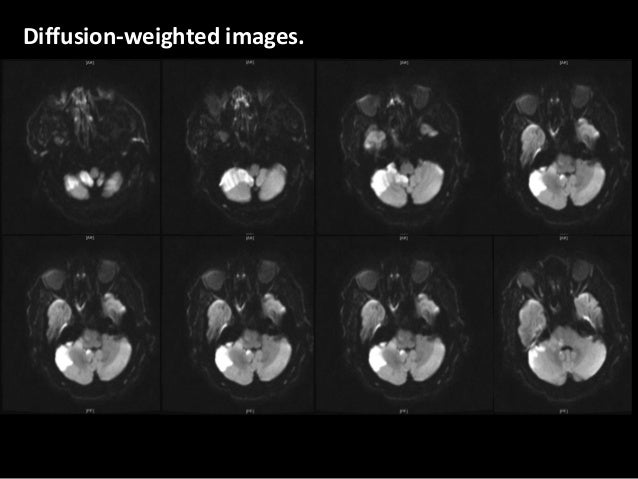

Subclavian Steal Syndrome results in VBI when blood is siphoned down the vertebral artery, away from the posterior circulation, to supply the upper extremities. Symptoms are also precipitated by Subclavian Steal Syndrome, though this condition is rare. Atherosclerosis refers to the buildup of fatty plaque inside arteries, which eventually hardens and narrows the blood vessels.

Symptoms can be brought on by atherosclerosis of the subclavian, vertebral, or basilar arteries. In fact, consistent episodes of vertigo without the eventual appearance of the other symptoms listed above are indicative of something other than VBI. VBI may produce vertigo alone as an early symptom, but it will eventually be accompanied by other posterior circulation symptoms. Thus patient report of sudden onset usually rules out neoplasms and points instead to a vascular etiology. Compare this to the more insidious onset of symptoms caused by slow-growing tumors. It does not take long for sensitive neural tissue to react from inadequate blood flow. Notice the symptoms are sudden in onset this is highly typical of all vascular lesions.

With a little background under our belts, we now consider another important vascular disorder: 5 Keep in mind different tissues have different time thresholds to induce dysfunction and necrosis of tissue so the timeframes above apply specifically to the inner ear, but the general pattern is universal (i.e., the shorter the ischemic event the better the chances for recovery). Periods without blood flow lasting 15 to 30 minutes result in outer hair cell loss and permanent cochlear damage. Cochlear function generally recovers if the ischemia lasts less than 10 minutes. 4 This sensitivity has been approximately quantified in animal studies, with typical findings showing cochlear potentials decreasing within one minute of ischemia. Another factor that renders the labyrinth highly susceptible to ischemic events is the inner ear's high-energy metabolism. Recall that the inner ear is especially susceptible to disruptions in blood flow as it is supplied by a single end artery without collaterals (labyrinthine/internal auditory). 1 4 To illustrate the import of a short timecourse for recovery from an ischemic event, let's consider the labyrinth. TIAs are common in the elderly, and are often indicative of more serious ischemic events to come. The neurological signs and symptoms of a TIA are generally short-lived, without lasting effects. Transient Ischemic Attack A brief episode of cerebral ischemia that is usually characterized by temporary blurring of vision, slurring of speech, numbness, paralysis, or syncope and that is often predictive of a serious stroke-abbreviation TIA called also mini-stroke. Let's delve in by defining two important terms: While the labyrinth may indeed be affected, the point of the above-mentioned study is that the true etiology may very well be vascular in nature. Nevertheless, this information is useful to avoid improper diagnosis of a labyrinthine disorder during vestibular examination. 2 It is important to note study participants were admitted to an emergency clinic, meaning audiologists and other clinicians not practicing in such a setting are unlikely to encounter these patients initially. In fact, a Swedish study found that approximately 1/4 of cases of isolated acute vertigo could be attributed to caudal cerebellar infarction. 1 The prevalence of vascular disease is too great to be unfamiliar with its basics. On average, someone has a stroke in the United States every 40 seconds. Ischemia and the Transient Ischemic Attack (TIA)

Next we'll tackle lasting damage due to cessation of blood flow due to blockage of a vessel this severe, prolonged ischemia leads to "infarction." Last we'll investigate another type of severe ischemia: hermorrhage. First we'll discuss the largely reversible damage that can occur following transient ischemia - a reduction in adequate flow of blood to tissue. While the previous section covered the vasculature that supplies oxygenated blood to the structures of balance, this section looks at the consequences that arise when that flow of blood is impaired.


 0 kommentar(er)
0 kommentar(er)
